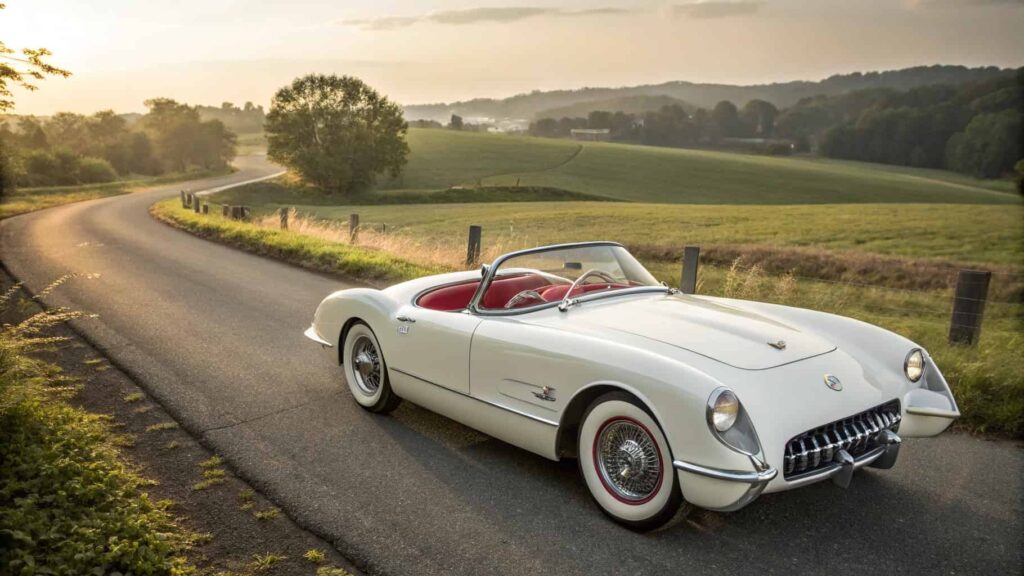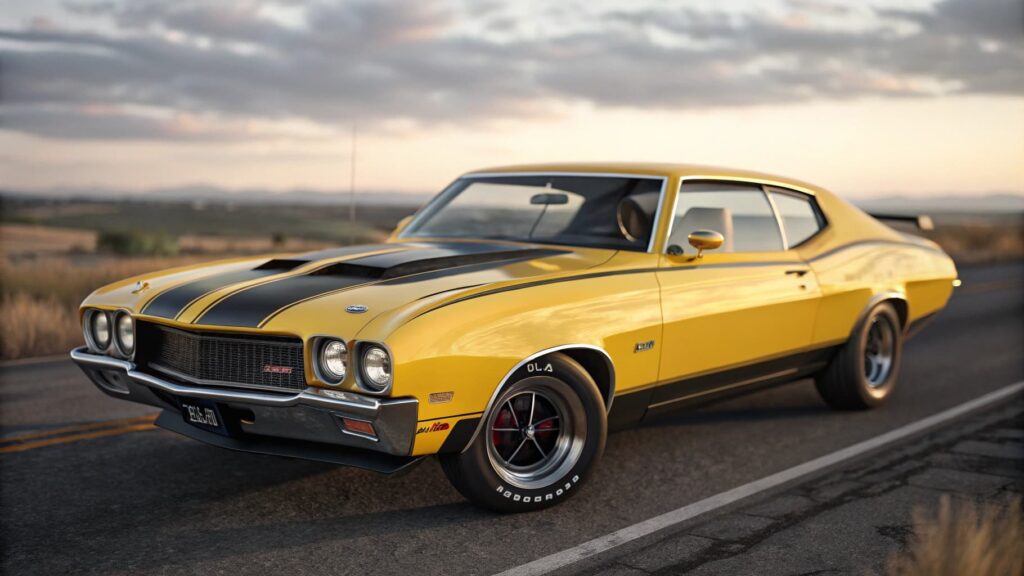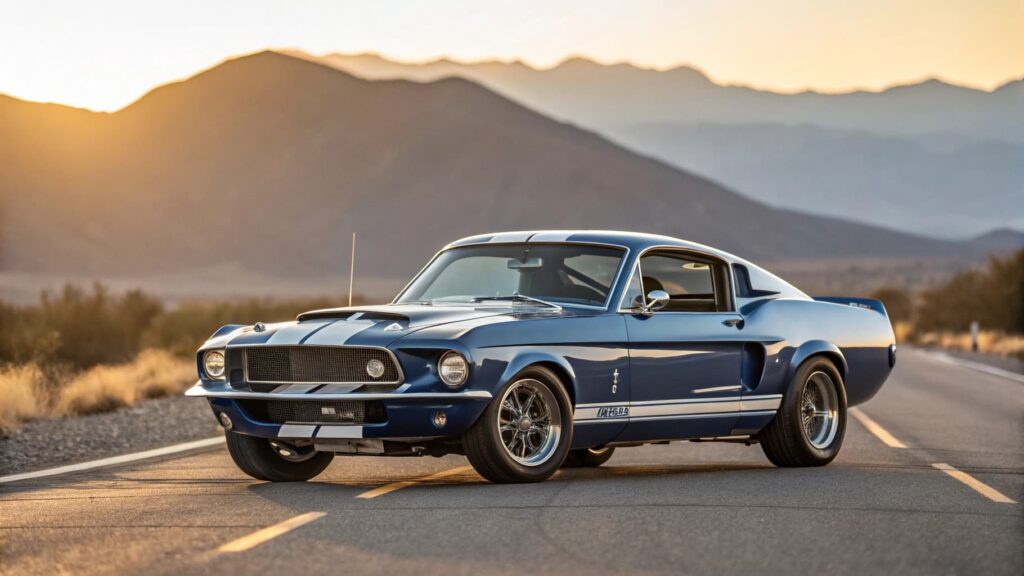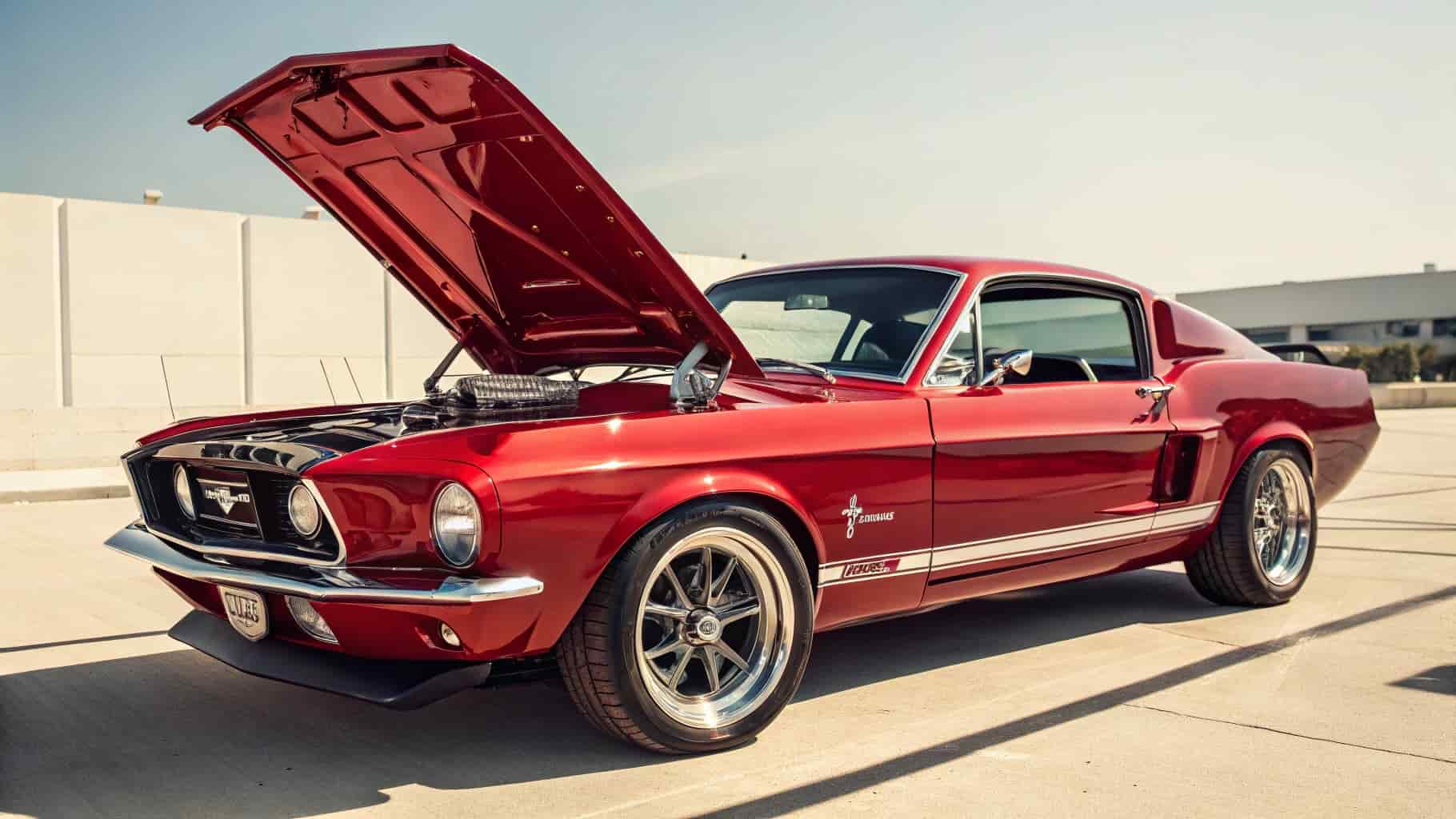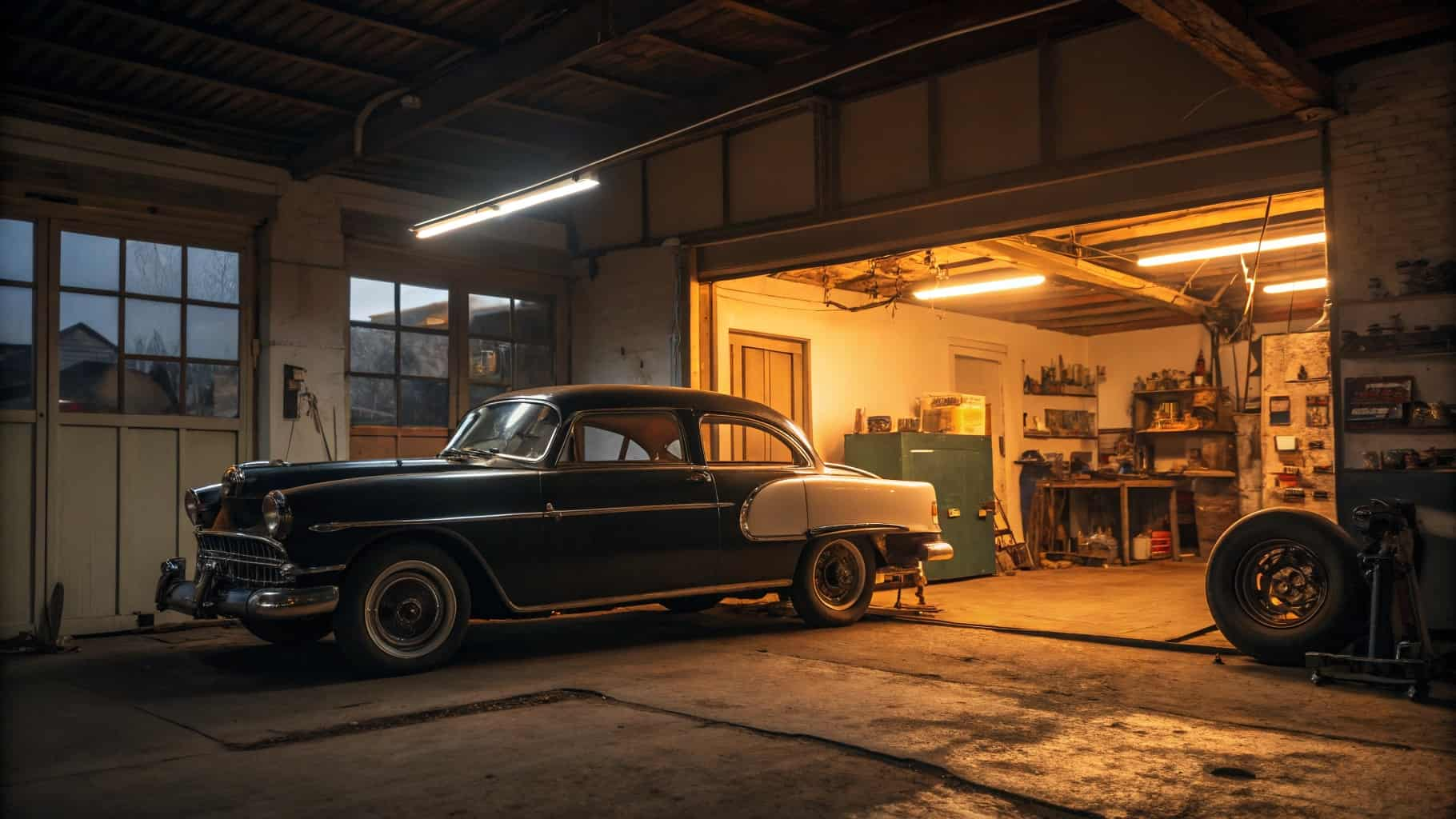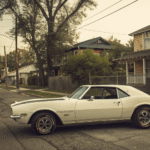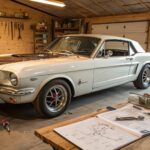Now Reading: What to Know Before Buying Your First Classic Car
-
01
What to Know Before Buying Your First Classic Car
What to Know Before Buying Your First Classic Car
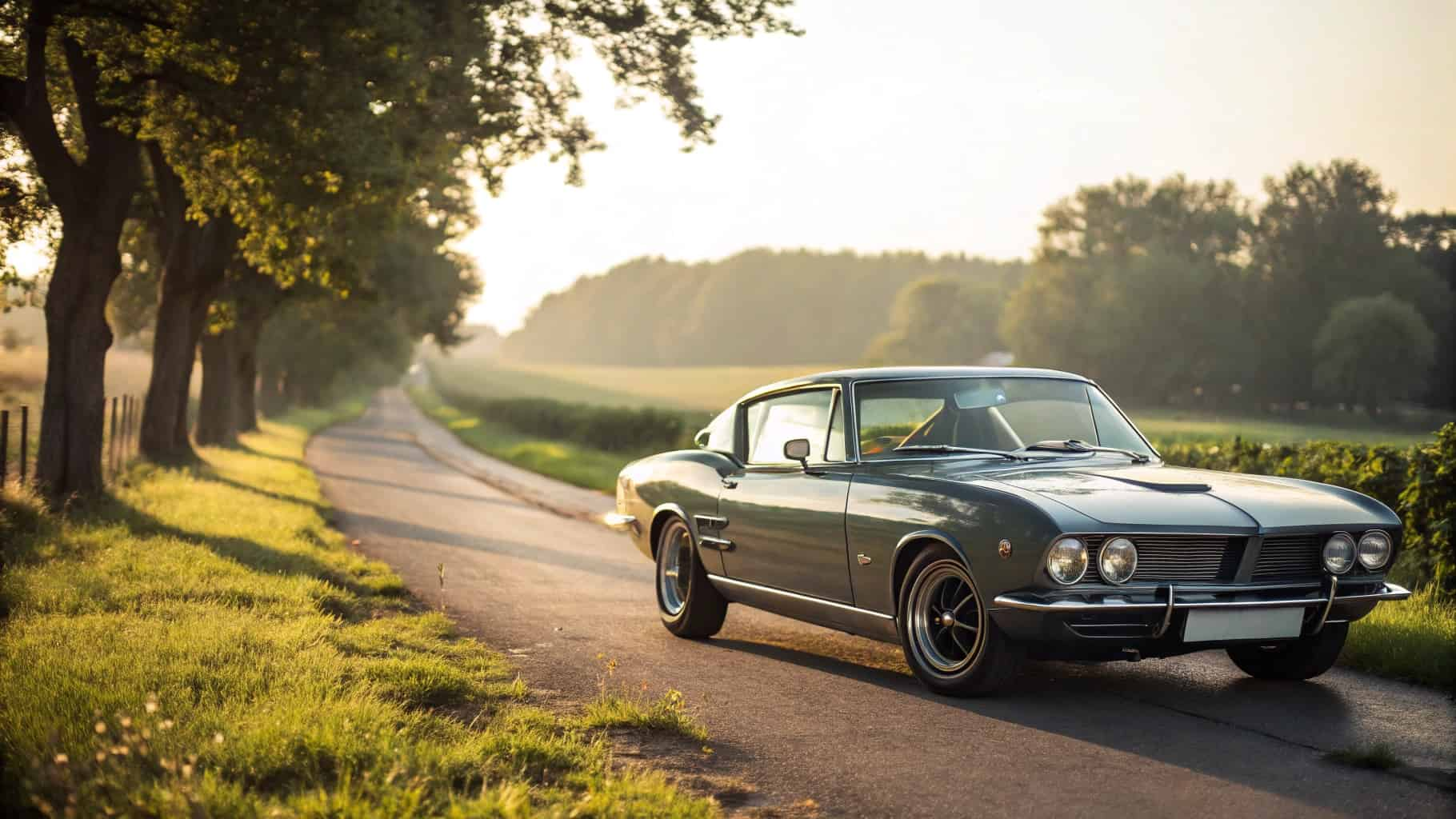
So, you’re thinking about buying your first classic car—exciting times! But it’s not just about picking a beautiful vintage ride and driving off into the sunset. There’s plenty to consider, from budget and market trends to inspections and insurance. Classic cars can be fantastic investments or a rewarding hobby, but it’s crucial to be informed before diving in. This guide will help you make smart, confident decisions so you don’t end up throwing money away.
Key Takeaways for Buying Your First Classic Car
- Research the classic car market to spot trends and values.
- Decide if you want a showpiece, daily driver, or investment.
- Understand common issues with popular classic car models.
- Set a realistic budget including purchase, maintenance, and insurance.
- Always get a thorough inspection, ideally by a professional.
Understanding the Classic Car Market Before Buying Your First Classic Car
Market Trends and Values to Watch
If you’re buying your first classic car, understanding market trends is essential. Classic car prices fluctuate based on demand, rarity, and nostalgia. Cars from the 1960s and ’70s, for example, often fetch high prices because they remind people of simpler times. However, not every old car is a goldmine—values can shift quickly. Follow which models are gaining popularity and which are losing appeal to time your purchase wisely.
Key Factors Influencing Classic Car Prices
Several things affect a classic car’s price, including:
- Rarity: Scarcer models tend to command higher prices.
- Condition: Well-maintained cars sell for more.
- Originality: Original parts and documentation boost value.
- Provenance: Unique histories or celebrity ownership increase worth.
- Market and Economic Trends: Demand and economy impact prices.
How to Assess a Classic Car’s Worth
Don’t just look at the sticker price. Instead:
- Check recent sales of similar models.
- Use online valuation tools but don’t rely solely on them.
- Get a professional appraisal.
- Inspect for rust, wear, and restoration.
- Verify originality with documentation.
Determining Your Goals When Buying Your First Classic Car
Usage and Purpose: What Do You Want?
Before you buy, decide how you’ll use your classic car. Is it for weekend cruises, car shows, or maybe even track days? Each purpose has different requirements. For frequent driving, reliability is crucial; for shows, aesthetics may be more important. Defining your goal will help you narrow down your options.
Balancing Passion with Investment
Classic cars can be both a passion and an investment. Are you buying for enjoyment or financial gain? Not all classics appreciate, and upkeep costs can add up. Keep your emotions and finances balanced to make wise choices.
Setting Realistic Expectations
Owning a classic car means embracing quirks and maintenance challenges. Expect repairs, occasional parts shortages, and a learning curve. Setting realistic expectations helps you enjoy the experience without frustration.
Researching Classic Car Models: Key to Smart Buying
Identifying Reliable Classic Car Models
Some classic cars are known for reliability and easier maintenance, while others can be a headache. Brands like Ford, Chevrolet, and Mercedes-Benz often have models with strong support communities and parts availability—ideal for first-timers.
Understanding Common Issues in Classic Cars
Every model has its quirks. Rust, engine problems, and electrical issues are common. Research these beforehand by consulting forums and car clubs to avoid surprises.
Evaluating Restoration Potential
If you plan a restoration project, consider the availability of parts and expertise. Some cars are easier and cheaper to restore than others.
Budgeting for Buying Your First Classic Car
Estimating Purchase Costs
The price tag is just the start. Factor in taxes, registration, and immediate repairs.
Maintenance and Insurance Costs
Classic cars often need special care. Maintenance can be costly, and insurance premiums may be higher due to agreed value coverage and limited usage.
Storage Expenses
Proper storage protects your investment. If you don’t have a garage, renting storage is an additional cost to consider.
Finding the Right Classic Car to Buy
Exploring Different Buying Options
- Private Sellers: Great for negotiating and direct info.
- Auctions: Offer rare finds but can be pricey.
- Specialty Dealers: Provide more security and documentation but usually at higher prices.
Vetting Sellers and Dealers
Research sellers’ reputation. Ask for vehicle history, restoration details, and reasons for selling.
Inspecting Your Classic Car Before Purchase
Conducting a Pre-Purchase Inspection
Don’t skip this! A professional inspector can spot hidden problems.
Checking Authenticity and Documentation
Verify VINs, original parts, and review service and restoration records.
Classic Car Insurance Tips
Choosing the Right Coverage
Look for policies that cover agreed value and restoration.
Comparing Providers and Costs
Shop around, ask about discounts, and understand mileage limits.
Maintaining Your Classic Car for Longevity
- Regular oil changes every 3,000 miles or 6 months.
- Frequent brake and cooling system checks.
- Join owner clubs and online marketplaces to find rare parts.
- Keep your car clean, stored properly, and maintain detailed records.
Avoiding Common Mistakes When Buying Your First Classic Car
- Skipping research.
- Ignoring hidden costs.
- Overlooking professional inspections.
Finalizing Your Classic Car Purchase
Negotiating the Best Price
Use your research and inspection report to negotiate confidently.
Completing Paperwork
Ensure clean titles and proper documents.
Arranging Transportation and Storage
Plan for safe delivery and proper storage after purchase.
Wrapping Up Your Classic Car Buying Journey
Buying your first classic car is thrilling but requires patience and care. From market research to inspections and maintenance, each step helps protect your investment and enjoyment. Take your time, ask questions, and most importantly, enjoy every mile in your dream classic!
Frequently Asked Questions
Before buying a classic car, consider your budget, intended use, maintenance costs, and storage options. Also, research the model’s history and market value to make an informed decision.
The best classic car for beginners is typically one known for reliability, easy maintenance, and availability of parts—models like the Ford Mustang, Chevrolet Camaro, or Volkswagen Beetle are popular starter classics.
Avoid neglecting regular maintenance, using incorrect parts, or making improper modifications. Also, don’t leave a classic car exposed to harsh weather without proper storage, and never rush repairs without proper knowledge.
Before starting, check fluid levels, ensure the battery is charged, and make sure the transmission is in neutral or park. Turn the key slowly, allowing the fuel pump to prime if needed, and avoid excessive revving during warm-up.
Classic cars can be used for daily driving, but they usually require more frequent maintenance and may lack modern safety and comfort features. Many owners prefer to use them for occasional drives.
Your inspection checklist should cover the engine, transmission, brakes, bodywork for rust, electrical systems, interior condition, originality of parts, and verify documentation.
Classic cars can be exciting first cars, but they often require more maintenance and care than modern vehicles. They might not be the best choice for beginners who want a low-maintenance, reliable daily driver.
Classic car shows let you see different models up close, meet owners, learn about market trends, and get advice. It’s a great way to gain firsthand knowledge before making a purchase.



